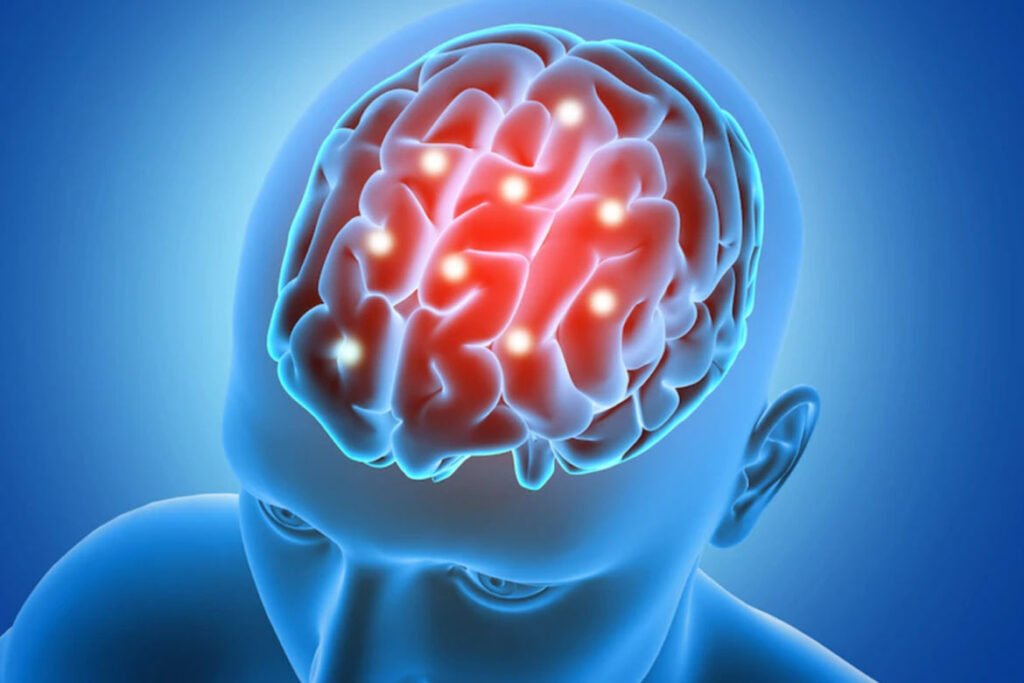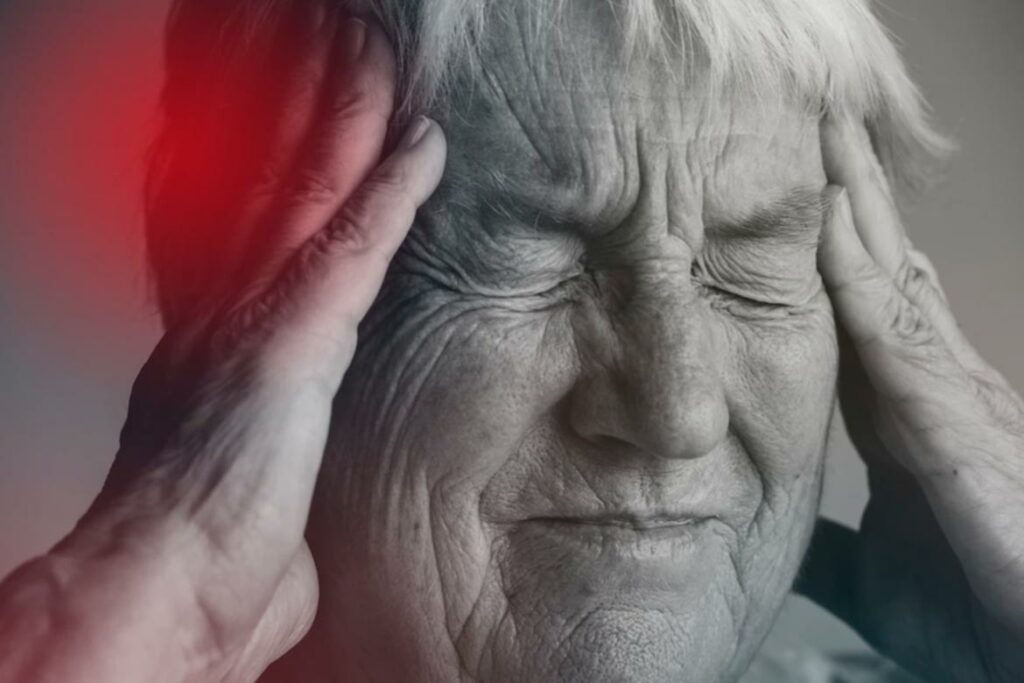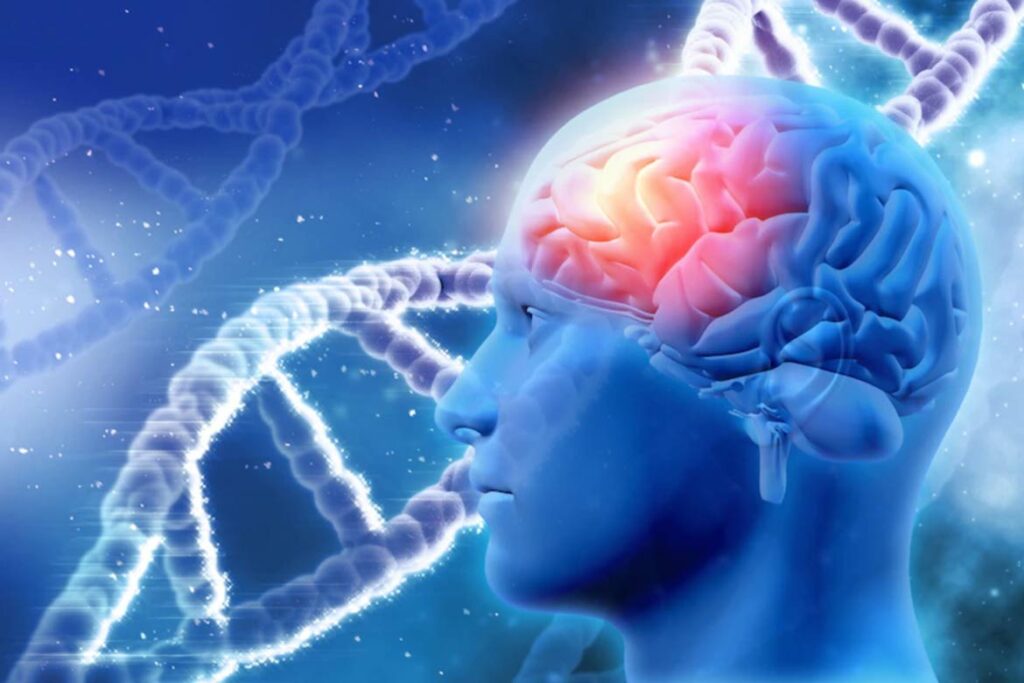A stroke happens when a blood vessel in the brain bursts and bleeds or when the blood supply to the brain is cut off. Blood and oxygen cannot reach the brain’s tissues because of the rupture or obstruction. When the brain’s blood flow is compromised or disrupted, it causes the brain cells to start dying. By making a fast call, one can lessen their risk of suffering from brain injury. In this article, we will understand the types, early signs and prevention regarding brain stroke.
Types of stroke
Transient ischemic attack (TIA)
A blood clot is involved in a transient ischemic attack (TIA), which normally reverses on its own.
Arterial Obstruction
An arterial obstruction brought on by a clot or plaque is what causes an ischemic stroke. The signs and problems of an ischemic stroke may persist permanently or linger longer than those of a TIA.
Haemorrhagic Stroke
A blood vessel that bursts or leaks into the brain is what causes a haemorrhagic stroke.
What are the risk factors?

According to the US Centers for Disease Control (CDC), age increases the risk of stroke. The risk of stroke approximately doubles every ten years, especially after age 55. However, stroke cases among those under the age of 60 have also considerably increased in recent years. In fact, those between the ages of 15 and 49 account for approximately 14% of all stroke cases, according to recent studies.
Major risk factors for stroke in the younger age include obesity, high blood pressure, juvenile and adolescent diabetes, and an increase in stress brought on by career-oriented, metropolitan lives. The risk factors for stroke, however, generally stay the same. High blood pressure, regular use of tobacco (smoking or chewing), and exposure to second-hand smoke are some common risk factors.
Early signs of a stroke:
Numbness and weakness
Do not dismiss the patient’s complaints of unexpected weakness. Call emergency services if the symptoms progress to numbness on one side of the face, one leg, or one arm.
Impairment of hand-eye coordination or vision
Random visual loss is frequently linked to stroke. Another concerning stroke symptom is low strength, poor hand-eye coordination, feeling no or very little sensation, having difficulties comprehending speech or directions, or feeling no or very little sensation at all. Over time, this condition might worsen. It should not be disregarded if a patient complains of sudden dim or fuzzy vision, particularly in one eye. It may be riskier than it first appears.
Sudden falls
There can be a problem if the patient trips or falls suddenly due to loss of balance. Unexpected falls, nausea, vomiting, and fever are all signs of a cardiovascular issue. Prior to having a stroke, some patients may experience hiccups or swallowing issues.
Bad headaches

Read more: Brain fog: A after COVID effect, what is it? How to deal with it?
You should never ignore a headache. Ask for assistance from someone nearby if your head starts hurting abruptly or if you get severe cluster headaches with no obvious explanation. Most patients faint immediately and then report of having a terrible headache. You should not overlook dizziness or temporary fainting.
FAST test for strokes:
Experts use the acronym FAST to help you identify the symptoms of a stroke and know what to do if you or someone around has one. You can examine yourself or another person for the most typical signs of a stroke using the FAST test. Following are the actions that FAST stands for:
Face– Invite the subject to grin. Check to see if they can grin or if their face becomes glum.
Arms– Tell the individual to lift both arms. Take note if one of his arms starts to droop or weaken.
Speech– Ask the individual to read something or to speak a brief sentence. Keep an eye out for any unusual words or slurred speech.
Time– If any of the questions above are true, time is of the essence. Contact emergency services right away.
How to avoid having a stroke?

Read more: Rheumatoid Arthritis patients must embrace these 5 things in their lifestyle
Not all strokes can be avoided with lifestyle changes. However, several of these modifications can significantly reduce your risk of stroke. The following modifications are among them:
Give up smoking
If you smoke, stop doing it right away to reduce your risk of stroke. To develop a quitting strategy, you might get in touch with your doctor.
Don’t drink too much
Drinking excessive amounts of alcohol can increase blood pressure, which increases the risk of stroke. Contact your doctor for assistance if cutting back on your consumption is challenging.
Maintain a healthy weight
Obesity and being overweight raise the risk of stroke. Eat a balanced diet and remain active frequently to help you maintain your weight. Additionally, both procedures help lower cholesterol and blood pressure.
Visit the doctor frequently
Discuss with your doctor how frequently you should have your blood pressure, cholesterol, and any other conditions checked. They can also give you advice and support while you make these lifestyle adjustments.
Key takeaway
Time is crucial while treating stroke patients. Don’t try to put the patient into your car and take him by yourself to the hospital. An ambulance call might be a preferable course of action. The hospital’s medical team can assess the patient’s condition earlier. Within three hours of the onset of your symptoms, doctors may advise you to take aspirin or strong clot-busting medications, depending on the type of stroke you have. Early treatment can reduce the risk of disability or death.
